Top 10 Future Car Features

When Nissan revealed its Resonance concept, it promised rear seat passengers the ability to control music and media. That concept previewed the new Murano and that feature actually made it to the production vehicle.
Despite their crazy looks and pie-in-the-sky technologies, ideas that are introduced with concept cars show up on production vehicles from time to time. Here’s a list of other features that may seem crazy now, but could realistically show up in your next car.
1. Car-to-Car Communication
As more cars get their own Internet connection, they will get the ability to communicate to tell what the flow of traffic is like in a certain location or whether there’s ice or snow to watch out for down the road.
Car-to-car communication will also help prevent crashes by allowing vehicles to alert one another of an accident before it is visible to the driver.
2. 3D Gestures
Based on what was on display at the 2015 Consumer Electronics Show in Las Vegas, 3D gestures will be one way we will interact with vehicles in the future. Instead of touchscreens, joysticks and buttons, we will control parts of our car by waving our hands. That means you can open the window by waving your hand up or down in the direction you want it to move. Or you can answer the phone by pointing at the information screen. We still think it would be funny if you could honk the horn by raising your middle finger.
3. Smartwatch Integration
Smartphone integration is common in most vehicles, but wearable technology like smartwatches are also starting to get attention. For example, Hyundai’s Android Wear app allows for a number of remote features including engine start/stop, door lock/unlock, flashing of the lights and sounding the horn. There app can also help you find your car, call roadside assistance or call Hyundai’s Blue Link concierge. What’s even cooler is that all those functions can be performed via the voice commands on the smartwatch.
4. Automated Valet Parking
Certain vehicles can pretty much park themselves these days, so the next step is for them to find a spot itself. One key piece of technology that will make this possible is vehicle-to-infrastructure communication. Essentially, a parking garage will talk to the car through a network to tell it where an open spot is available. After dropping off its passengers at the entrance to the parking garage, the car will drive and park itself in that open spot. In order to retrieve the car, the owner just needs to call it up via a smartphone.
This technology can also be used at home, where a car can be taught to remember where to park. That means when you arrive home, you can get out of your car on the driveway and let the car park itself in a predetermined location.
5. Better App Integration (Apple CarPlay, Android Auto)
Later this year, automakers will ship vehicles with infotainment systems that offer many of the same apps and services through the built-in touchscreen as your cell phone does.
This way, you won’t have to wait for an update for your car in order to get the latest apps. Furthermore, your phone acts like an Internet hotspot for your vehicle, allowing for connected features.
6. Lightweight Materials
Maybe it’s not a feature, but your next car will probably use lightweight materials. By keeping weight down, your car will be more responsive and efficient. For example, the Ford F-150 has a new aluminum body that helps cut 700 lbs from its curb weight.
But aluminum is just the beginning. For example, BMW uses extensive carbon fiber in its i3 electric vehicle, including a carbon fiber passenger cell, something that’s close to the carbon fiber monocoques in the most expensive supercars. The next step is for carbon fiber to be put to use in more mainstream products.
7. Full Phone Integration (using phones as keys, etc.)
These days it seems easier to lose track of your keys than your cell phone. So why not get rid of your car keys entirely? Automakers are exploring the possibility of using your phone’s near-field-communications (NFC) chip unlock your car with a tap, and even allow you to fire up the ignition instead of a traditional key. Car share programs like Daimler’s car2go or BMW’s DriveNow both use NFC enabled cards. The next logical step is to use the chips in your phone.
8. New Displays
Digital dashboards and big-screen infotainment systems are becoming a common sight in our cars, but there’s no doubt that they could be sexier. One solution is circular LCD panels, which can better mimic the gauge clusters we’re used to, but with more customizable information.
Another option is organic light-emitting diode or OLED displays. These OLED displays are awesome because they are flexible, transparent, lighter, thinner better quality than LCD displays. Imagine instead of a projected head-up display, if your entire windshield could be a screen. With OLED displays that’s possible.
9. Side Collision Prevention
Now that many cars are getting front-collision warning systems, rear cross-traffic alerts and even ways to prevent a head-on crash, the next step is to stop the possibility of sideswiping or turning into an object.
BMW brought an i3 to the 2015 Consumer Electronics Show outfitted with LiDAR sensors (light-RADAR) that can sense objects around it to determine if there was any risk of colliding or scraping something while you turn. This works well in parking situations where there are barriers, columns or planters where the car will automatically stop the car to prevent a costly mistake. These sensors could also work well on the road where the car can detect other vehicles, pedestrians and bicycles with greater accuracy than just the sensors used for blind spot detection.
10. Biometric (fingerprint) Scanners
But some of the biometric sensors can go beyond that. Ford has been working on incorporating a heart-rate and breath rate monitor for the driver in order to alert them or get the attention of emergency services of any impending medical issues.

Sami has an unquenchable thirst for car knowledge and has been at AutoGuide for the past six years. He has a degree in journalism and media studies from the University of Guelph-Humber in Toronto and has won multiple journalism awards from the Automotive Journalist Association of Canada. Sami is also on the jury for the World Car Awards.
More by Sami Haj-Assaad



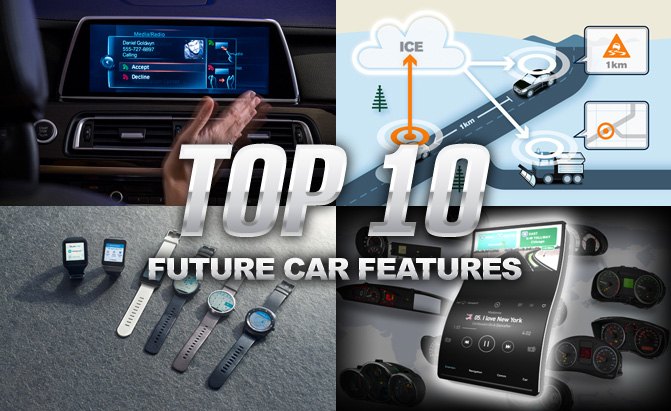


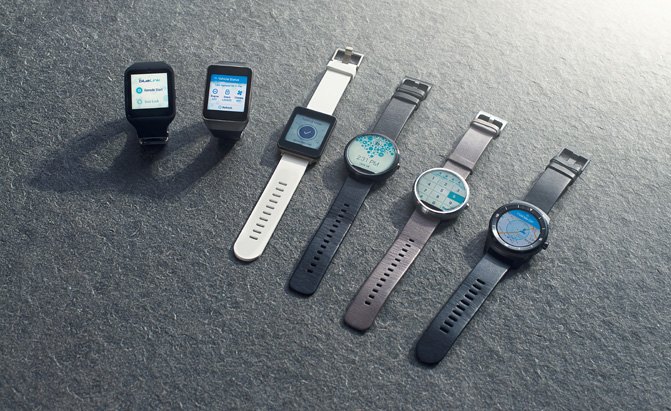




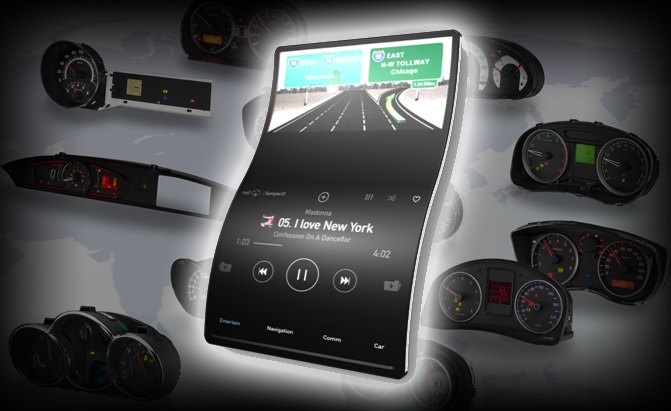




















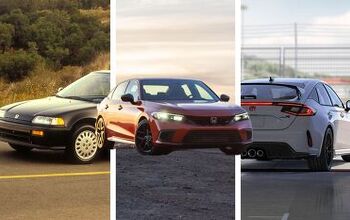
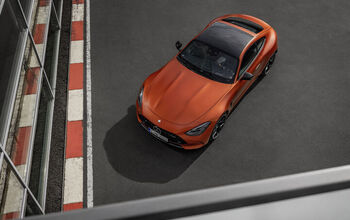


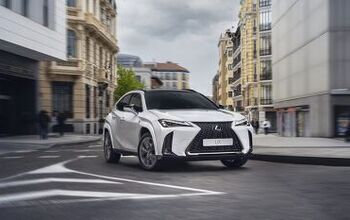
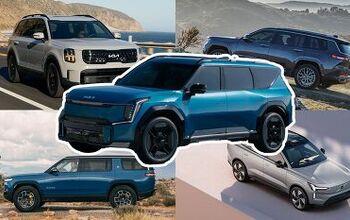
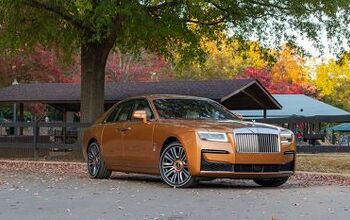

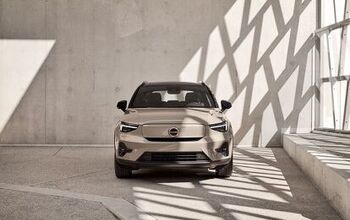
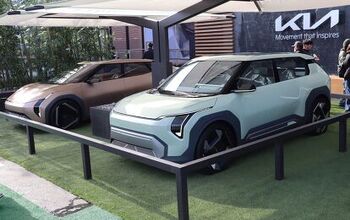
Comments
Join the conversation
I need all information for my child